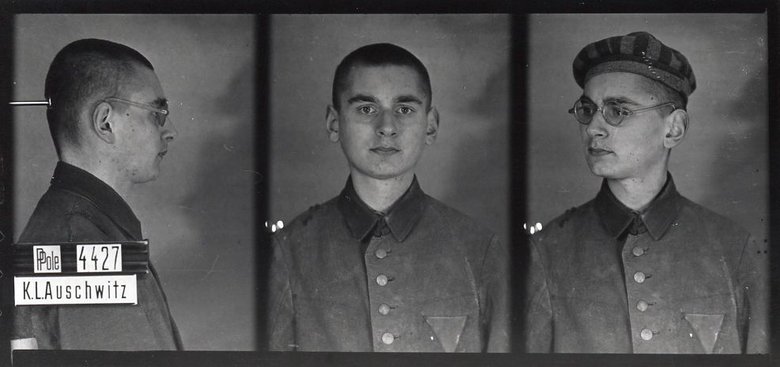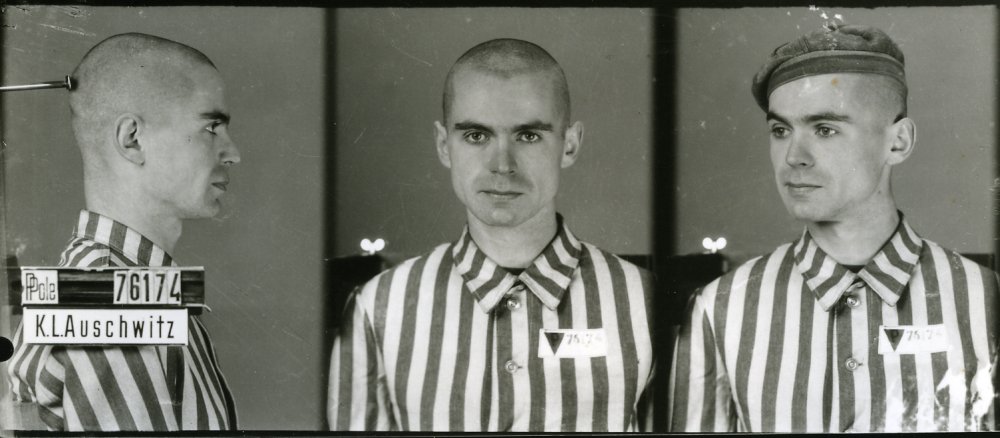
5 March 1888 | A German Jew, Eugen Salomon, was born in Wörrstadt. His family moved to Mainz, where he became one of the founders and chairman of today’s football club @1FSVMainz05 at the age of only 17. 

He was initially a successful textile manufacturer and later worked as a salesman. Throughout his life, he supported Mainz 05 together with a circle of companions through his work and with financial means. 

In 1933, Eugen Salomon was forced to leave Mainz and emigrate to France. In 1942 he was deported from Drancy to Auschwitz, where he was murdered on 14 Nov. of that year. Until today Mainz 05 takes a great interest in Eugen Salomon‘s fate. 

On the initiative of @1FSVMainz05 fans, stumbling blocks were laid for Salomon‘s family and the street leading to the stadium was named after him. Commemorative initiatives take place regularly like a visit for young fans to @AuschwitzMuseum. 



Sportspeople, including olympians, were incarcerated in #Auschwitz. Some could practice wrestling, boxing, football, basketball & more - often as entertainment for SS guards.
Listen to our #podcast "Sport & sportspeople in Auschwitz":
anchor.fm/auschwitz-memo…
Listen to our #podcast "Sport & sportspeople in Auschwitz":
anchor.fm/auschwitz-memo…
• • •
Missing some Tweet in this thread? You can try to
force a refresh





















